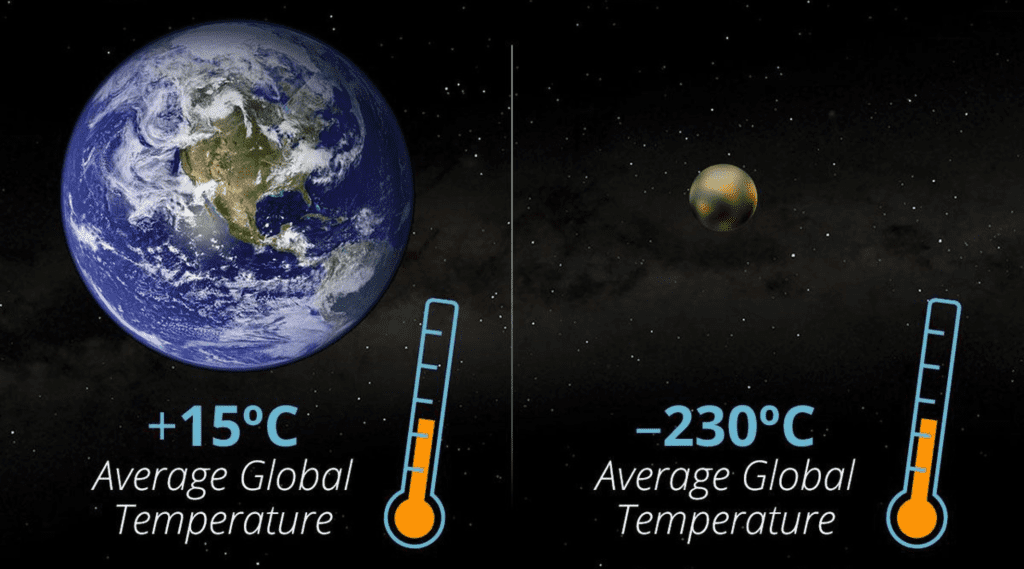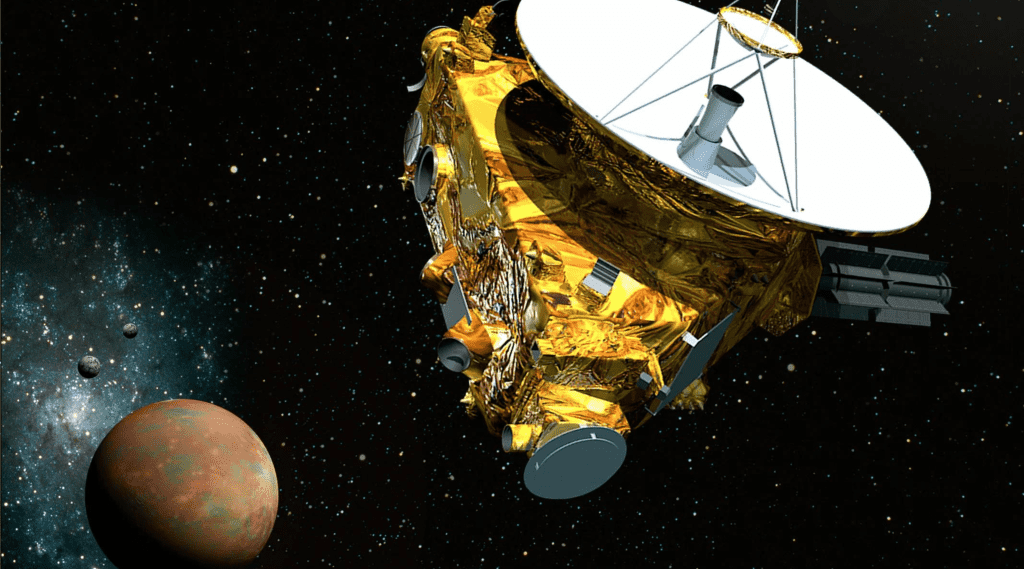
Pluto is one of the most famous dwarf planets in our solar system. These dwarf planets often become the subject of debate and controversy among astronomers. In 1930, Clyde Tombaugh, an amateur astronomer, discovered that Pluto was long known as the solar system’s ninth planet. But in 2006, an international group of astronomers came up with a new definition and criteria for the word “planet.” As a result of the new definition, Pluto was removed from the list of planets in the solar system.
The new definition required a planet to do (3) THREE things.
- It must orbit the sun.
- It must have enough gravity to mould itself into a round shape.
- It must have enough gravity to clear its orbit of other objects.
Pluto didn’t meet the third requirement. It orbits the sun in a ring of icy bodies beyond Neptune called the Kuiper Belt. So, Pluto was demoted to a “dwarf planet.” But some scientists still disagree with that decision after more than a decade. They argue that a planet should not have to sweep debris out of its orbit to be considered a planet. Furthermore, the term “planet” has been redefined numerous times. According to them, there is no reason why the 2006 definition should be the final word.
Whether Pluto is a planet or not, one thing is sure: it is just as fascinating as Mars, Jupiter, or another member of the planetary group. And it’s very different from those other orbs. Pluto’s orbit, for instance, isn’t circular and doesn’t occur on the same plane as the giant planets. It travels above and below the orbits of the other planets due to its tilted, oval-shaped path. And while Pluto sits an average of 5.8 billion kilometres (3.6 billion miles) from the sun, sometimes it approaches closer than Neptune.

Pluto and its five moons are so far from the sun that it takes nearly 250 Earth years to complete one orbit around the sun. Due to its distance from the sun’s warming rays, Pluto’s temperatures are around –230 °Celsius (–380 °Fahrenheit).
Pluto is a tiny planet. It is only half the width of the United States at 2,380 kilometers (1,400 miles). But the dwarf planet’s surface features were largely a mystery until unraveled by NASA’s New Horizons spacecraft sailed in 2015.

That spacecraft was the first to view Pluto up close. The observations of the spacecraft uncovered Pluto’s famous heart-shaped glacier. New Horizons also revealed Pluto’s dunes of methane ice and a gash in the planet twice as deep as the Grand Canyon. These features and others make up Pluto’s richly varied topography—another reason some scientists say Pluto should count as a planet.
Even as the debate over Pluto’s planetary status rages, some skywatchers seek a new ninth planet. This would be a planet about 10 times as massive as Earth, lurking on the fringes of the solar system. The motions of some icy bodies in the Kuiper belt have hinted at the existence of such a planet, known as Planet Nine or Planet X. Other recent evidence suggests it does not exist. However, many researchers and citizen scientists are on the lookout.





